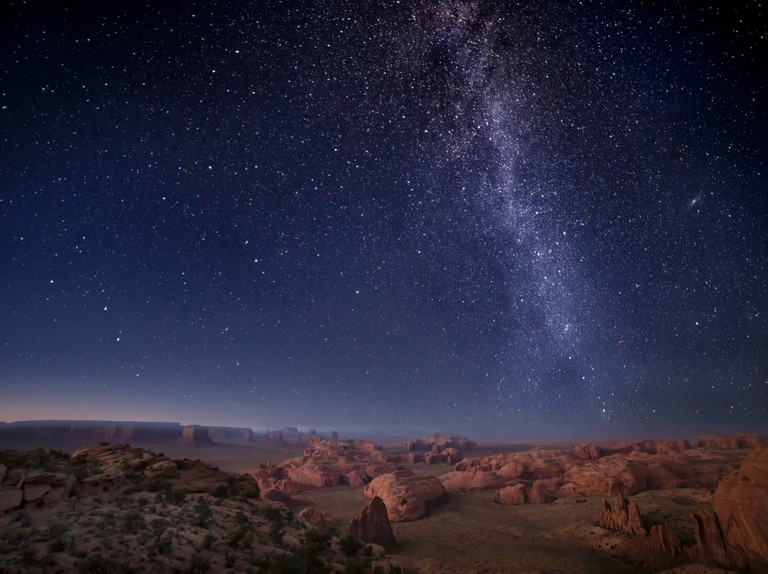
What Are the Secrets Behind the Secrets?
Stars are among the most beautiful objects in the universe and they have been the subject of poems, stories, songs and legends for centuries. The term “star” has several meanings depending on which country you are talking about; however all stars are not created equally. A star is usually an unremarkable, luminous mass of plasma held together partly by its own pressure. The farthest star known to man is the Sun; other brighter stars are easily viewable to the naked eye even at night, though because of their vast distance from Earth they still appear as fixed stars in the night sky.
A star can be made of many different elements, though most stars do contain one element common to all: hydrogen. Hydrogen combines with oxygen in order to form water (also known as gas) and eventually gases which make up stars. A star’s size, composition, wind velocity, atmosphere, and age are all determined by their composition of hydrogen, helium, and other elements. There are very old stars that have surfaces of ice grains covered with hydrogen clouds, and these clouds hold varying amounts of water vapor for clouds that are cooler and lighter.
The sun, like the other planets, is a star very much like our own. Although the interior of the earth is mostly molten rock, the surface of the planet is covered with silicon dioxide, nitrogen, iron, sodium, and oxygen. About two-thirds of the earth’s atmosphere is made up of hydrogen and helium, and the remaining fraction comprises rock dust and silicate. The outer layer of the sun consists mainly of hydrogen plasma, though rocky space dust can also create a plume around the planet called a solar wind. The composition and nature of stars differ significantly from those of the sun, and astronomers use a variety of instruments to study the outer layers of stars to better understand the processes that create and maintain the atmospheres of planets.